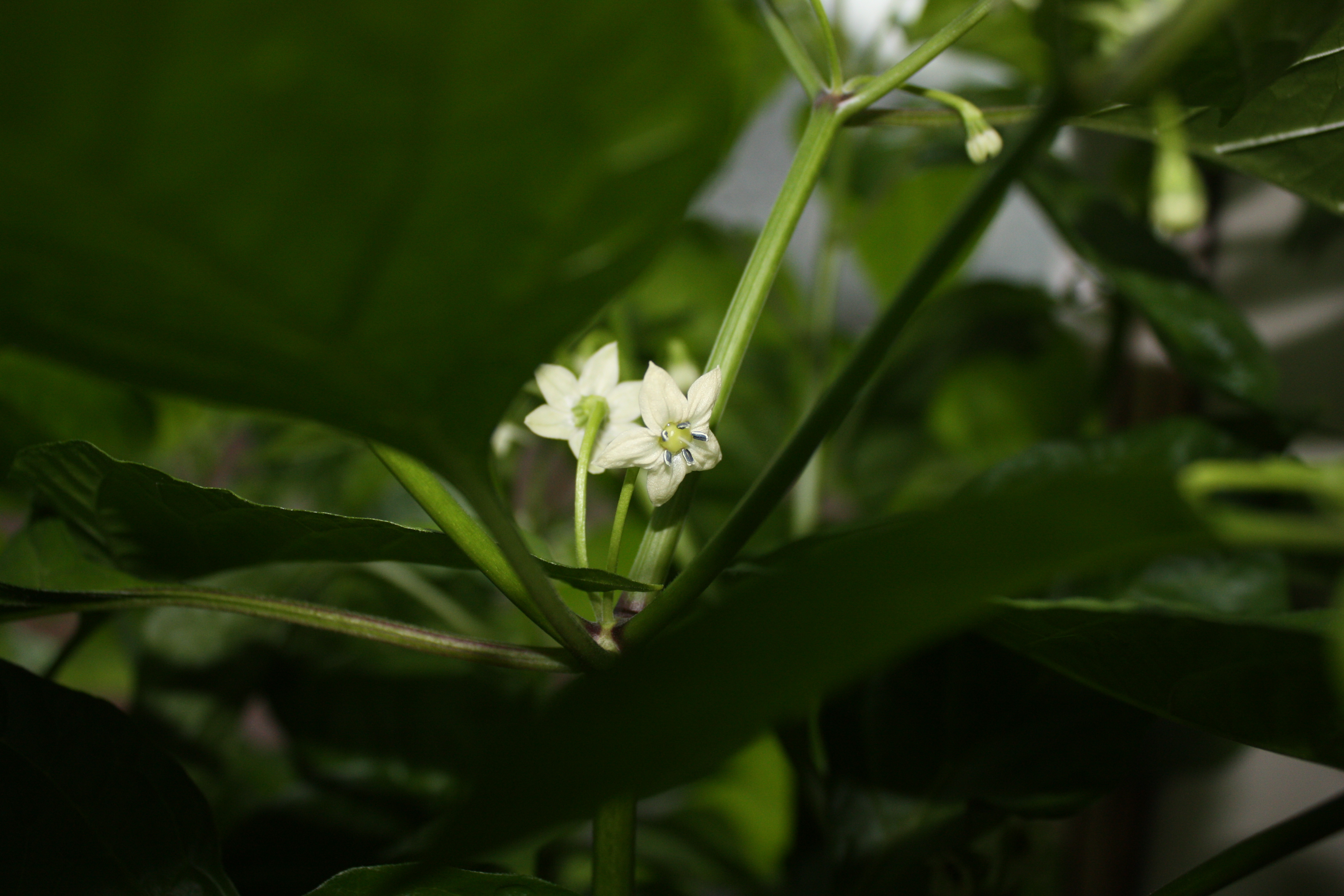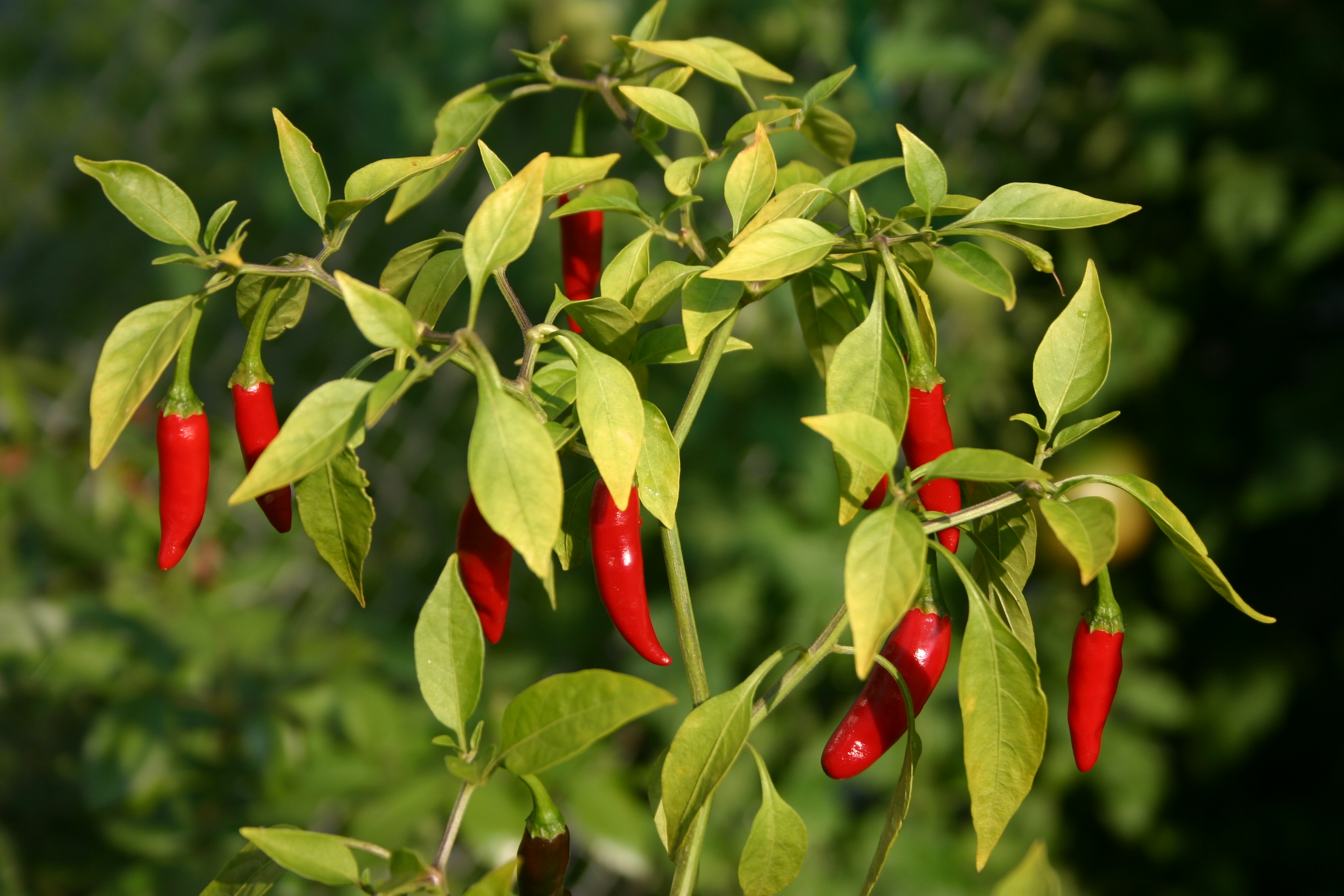|
Adjuma
Adjuma, adjoema, aji umba, or ojemma is a variety of ''Capsicum chinense'' chili pepper, originally from Brazil. The fruits are shaped like small bell peppers, colored red or yellow. This pepper is sometimes sold as Madame Jeanette, although that is a different variety. Adjuma chilies are also very often sold as "habanero" or "Scotch bonnet Scotch bonnet (also known as Bonney peppers, or Caribbean red peppers) is a variety of chili pepper named for its supposed resemblance to a Scottish tam o' shanter bonnet. It is ubiquitous in West Africa as well as the Caribbean. Like the clos ...", due to their similarity. See also * List of ''Capsicum'' cultivars References Chili peppers Capsicum cultivars {{vegetable-stub ... [...More Info...] [...Related Items...] OR: [Wikipedia] [Google] [Baidu] |
List Of Capsicum Cultivars
This is a list of ''Capsicum'' cultivars belonging to the five major species of cultivated peppers (genus ''Capsicum''): ''C. annuum'', '' C. chinense'', '' C. baccatum'', '' C. frutescens'', and '' C. pubescens''. Due to the large and changing number of cultivars, and the variation of cultivar namings in different regions, this list only gives a few examples of the estimated 50,000 pepper varieties that exist. ''Capsicum'' species There are perhaps fifty thousand ''Capsicum'' cultivars grown worldwide. The USDA-ARS GRIN seed collection contains 6,200 ''Capsicum'' accessions alone, including 4,000 '' Capsicum annuum'' accessions. The other ''Capsicum'' species in the USDA germplasm repository include: '' C. chinense, C. baccatum, C. frutescens, C. pubescens, C. cardenasii, C. chacoense, C. flexuosum, C. eximium, C. rhomboideum, C. galapagoense,'' and ''C. tovarii.'' There are five major species of cultivated ''Capsicum'', ''C. annuum, C. chinense, C. baccatum, C. f ... [...More Info...] [...Related Items...] OR: [Wikipedia] [Google] [Baidu] |
Capsicum Chinense
''Capsicum chinense'', commonly known as a "habanero-type pepper", is a species of chili pepper native to the Americas. ''C. chinense'' varieties are well known for their unique flavors and many have exceptional heat. The hottest peppers in the world are members of this species, with Scoville Heat Unit scores of over 2 million. Some taxonomists consider them to be part of the species ''C. annuum,'' and they are a member of the ''C. annuum'' complex; however, ''C. chinense'' and ''C. annuum'' pepper plants can sometimes be distinguished by the number of flowers or fruit per node – two to five for ''C. chinense'' and one for ''C. annuum'' – though this method is not always correct. The two species can also hybridize and generate inter-specific hybrids. It is believed that '' C. frutescens'' is the ancestor to the ''C. chinense'' species. Taxonomy The scientific species name ''C. chinense or C. sinensis'' ("Chinese capsicum") is a misnomer. All ''Capsicum'' species originated ... [...More Info...] [...Related Items...] OR: [Wikipedia] [Google] [Baidu] |
Chili Pepper
Chili peppers (also chile, chile pepper, chilli pepper, or chilli), from Nahuatl '' chīlli'' (), are varieties of the berry-fruit of plants from the genus '' Capsicum'', which are members of the nightshade family Solanaceae, cultivated for their pungency. Chili peppers are widely used in many cuisines as a spice to add "heat" to dishes. Capsaicin and related compounds known as capsaicinoids are the substances giving chili peppers their intensity when ingested or applied topically. While ''chili peppers'' are (to varying degrees) pungent or "spicy", there are other varieties of capsicum such as bell peppers (UK: peppers) which generally provide additional sweetness and flavor to a meal rather than “heat.” Chili peppers are believed to have originated somewhere in Central or South America. and were first cultivated in Mexico. After the Columbian Exchange, many cultivars of chili pepper spread around the world, used for both food and traditional medicine. This led ... [...More Info...] [...Related Items...] OR: [Wikipedia] [Google] [Baidu] |
Brazil
Brazil ( pt, Brasil; ), officially the Federative Republic of Brazil (Portuguese: ), is the largest country in both South America and Latin America. At and with over 217 million people, Brazil is the world's fifth-largest country by area and the seventh most populous. Its capital is Brasília, and its most populous city is São Paulo. The federation is composed of the union of the 26 states and the Federal District. It is the largest country to have Portuguese as an official language and the only one in the Americas; one of the most multicultural and ethnically diverse nations, due to over a century of mass immigration from around the world; and the most populous Roman Catholic-majority country. Bounded by the Atlantic Ocean on the east, Brazil has a coastline of . It borders all other countries and territories in South America except Ecuador and Chile and covers roughly half of the continent's land area. Its Amazon basin includes a vast tropical forest, ho ... [...More Info...] [...Related Items...] OR: [Wikipedia] [Google] [Baidu] |
Madame Jeanette
Madame Jeanette is a chili pepper cultivar of the species ''Capsicum chinense'', originally from Suriname. The fruits are shaped like small bell peppers. Madame Jeanette chilis are very hot, rated 125,000–325,000 on the Scoville scale. The peppers ripen to reddish-yellow, similar to Scotch Bonnet peppers, but are larger and not symmetrical. Its flavour is described as "fruity", with hints of mango and pineapple.http://www.mooiemoestuin.nl/groenteteelt/vruchtgewassen/peper/madamme-jeannette/ (in Dutch) It is often confused with the yellow adjuma, which is less elongated and said to be spicier but less flavourful. Madame Jeanette is used in almost all facets of Surinamese cuisine. The plant is prolific, has relatively compact growth, dislikes cool sites, and will also grow indoors. See also *''Capsicum chinense ''Capsicum chinense'', commonly known as a "habanero-type pepper", is a species of chili pepper native to the Americas. ''C. chinense'' varieties are well known for ... [...More Info...] [...Related Items...] OR: [Wikipedia] [Google] [Baidu] |
Habanero
The habanero (; ) is a hot variety of chili. Unripe habaneros are green, and they color as they mature. The most common color variants are orange and red, but the fruit may also be white, brown, yellow, green, or purple. Typically, a ripe habanero is long. Habanero chilis are very hot, rated 100,000–350,000 on the Scoville scale. The habanero's heat, flavor and floral aroma make it a popular ingredient in hot sauces and other spicy foods. Name The habanero is named after the Cuban city of ''La Habana'', known in English as Havana, because it used to feature heavily in trading there. (Despite the name, habaneros and other spicy-hot ingredients are rarely ever used in traditional Cuban cooking.) In English, it is sometimes incorrectly spelled ''habañero'' and pronounced , the tilde being added as a hyperforeignism patterned after jalapeño. Origin and use The habanero chili comes from the Amazon, from which it was spread, reaching Mexico. Today, the largest producer ... [...More Info...] [...Related Items...] OR: [Wikipedia] [Google] [Baidu] |
Scotch Bonnet
Scotch bonnet (also known as Bonney peppers, or Caribbean red peppers) is a variety of chili pepper named for its supposed resemblance to a Scottish tam o' shanter bonnet. It is ubiquitous in West Africa as well as the Caribbean. Like the closely related habanero, Scotch bonnets have a heat rating of 100,000–350,000 Scoville units. For comparison, most jalapeño peppers have a heat rating of 2,500 to 8,000 on the Scoville scale. However, completely sweet varieties of Scotch bonnet called cachucha peppers are grown on some of the Caribbean islands. Scotch bonnets are used to flavor many dishes and cuisines worldwide and are often used in hot sauces and condiments. The Scotch bonnet has a sweeter flavor and stouter shape, distinct from its habanero relative with which it is often confused, and gives jerk dishes (pork/chicken) and other Caribbean dishes their unique flavor. Scotch bonnets are mostly used in Sri Lankan, Maldivian, West African, Antiguan, Kittitian/Nevisian, ... [...More Info...] [...Related Items...] OR: [Wikipedia] [Google] [Baidu] |
Chili Peppers
Chili peppers (also chile, chile pepper, chilli pepper, or chilli), from Nahuatl '' chīlli'' (), are varieties of the berry-fruit of plants from the genus '' Capsicum'', which are members of the nightshade family Solanaceae, cultivated for their pungency. Chili peppers are widely used in many cuisines as a spice to add "heat" to dishes. Capsaicin and related compounds known as capsaicinoids are the substances giving chili peppers their intensity when ingested or applied topically. While ''chili peppers'' are (to varying degrees) pungent or "spicy", there are other varieties of capsicum such as bell peppers (UK: peppers) which generally provide additional sweetness and flavor to a meal rather than “heat.” Chili peppers are believed to have originated somewhere in Central or South America. and were first cultivated in Mexico. After the Columbian Exchange, many cultivars of chili pepper spread around the world, used for both food and traditional medicine. This led ... [...More Info...] [...Related Items...] OR: [Wikipedia] [Google] [Baidu] |



